
This article is from 【More Exciting Points ittbank】
The rapid development of smartphones in recent years has surely amazed everyone. As the screen provides the most intuitive experience for users, it has also seen rapid advancements in recent years. In the past, OLED screens were exclusive to high-end phones, but now even budget phones come equipped with OLED screens. Today, let’s review the history of mobile phone screens and understand how phones have evolved from monochrome small screens to today’s colorful large screens.
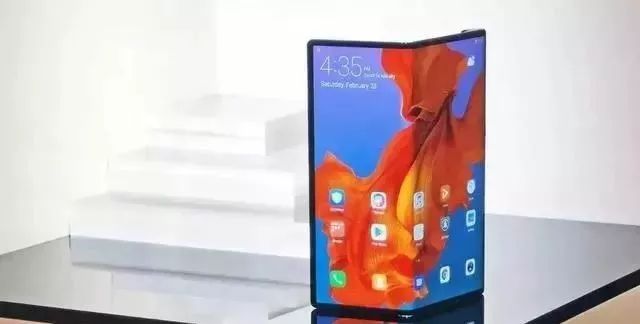
Foldable smartphones
Screen Classification: Simple to Say, Complex Inside
When discussing the development of mobile phone screens, we first need to educate everyone about the materials used in mobile screens, which will help in understanding later. The materials used in mobile screens are mainly divided into LCD and OLED. LCD stands for “Liquid Crystal Display,” which is a substance between solid and liquid, and cannot emit light by itself, requiring an additional light source to illuminate. However, due to its high color reproduction and mature technology, it became the standard for early smartphones.
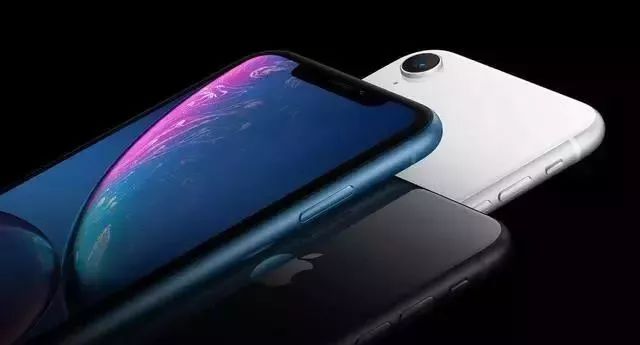
The iPhone XS MAX with an OLED screen
In recent years, most smartphones have been equipped with OLED screens. OLED screens contain self-emitting diodes and do not require an additional light source, allowing for thinner screens and saving more space in phones. This is why more and more smartphones are adopting OLED screens in recent years. Moreover, OLED screens provide more vivid displays, wide viewing angles, and high response rates, coupled with increasingly mature OLED technology, making them very popular.
LCD Screens: The Ruler of the Early Mobile Screen Market
After introducing LCD and OLED screens, we can now dive into the main topic—the development of mobile screens. In the early mobile market, LCD was almost a king, giving rise to various display technologies based on LCD, the most well-known being TFT, SLCD, IPS, and the less popular ASV technology.
1. TFT
TFT stands for Thin Film Transistor. It was a very mature technology widely used in various mid-range and low-end phones during the early stages of mobile development. Early PCs also mostly used TFT screens.
The main advantages of TFT are its perfect color saturation, good color reproduction, and contrast, along with high production capacity and low cost due to mature technology, which led to widespread adoption. Nokia used TFT screens in all phones before the N97 (excluding N85 and N86). At that time, brands like Sony Ericsson and Samsung also primarily used TFT screens.
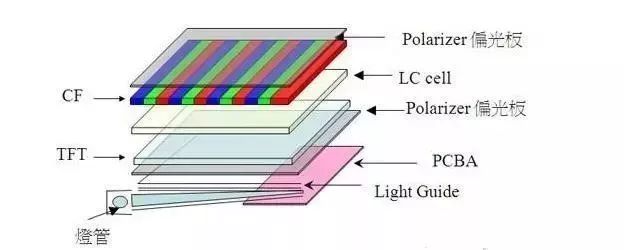
TFT Screen Technology
IPS is an optimized upgrade of TFT technology, which can be understood as a “high-end version of TFT.” Compared to TFT, IPS technology offers a larger viewing angle, is more energy-efficient, has clearer display, and touch without water ripple. While IPS may be less commonly used in other brands, Apple used IPS screens in all its phones before the iPhone X due to its clear display and high color reproduction.
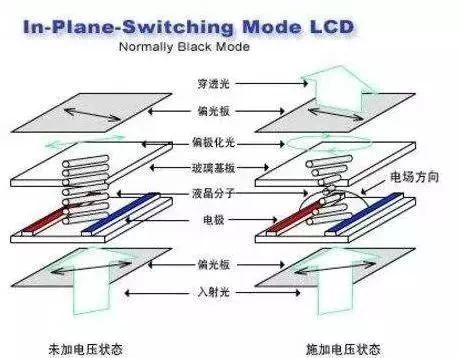
IPS Screen Technology
SLCD stands for Splice Liquid Crystal Display, which is a specialized display for splicing, mostly used in HTC phones. In addition to the advantages of LCD, SLCD also has a long lifespan and warm screen tones. When HTC was popular, SLCD received very positive market feedback, leading to the subsequent development of SLCD 5 and other technologies.
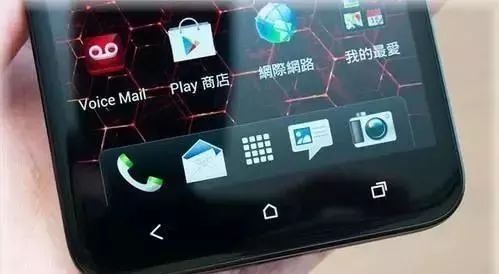
HTC phone with SLCD screen technology
4. ASV
Compared to the earlier technologies, ASV is somewhat lesser-known. ASV is a technology developed by Japan’s Sharp Corporation to improve image quality. Unlike the previous technologies, ASV is not a screen technology but reduces the spacing between particles on the liquid crystal panel and increases the aperture on the liquid crystal particles to improve the viewing angle issues of TFT.
This technology is a patented technology of Sharp Corporation, mostly used in Sharp’s own products, with early applications in Meizu MX and Xiaomi phones.

Sharp ASV Screen Technology
OLED Screens: Advantages in Hand, Ultimately Control the Mobile Market
While LCD dominated the early mobile screen market, innovation drives the need for continuous reform in mobile technology, and the first step is the screen, which provides an intuitive experience. From this moment on, OLED screens began to take over the latter half of the mobile screen market, with Samsung, the first to develop AMOLED screens, becoming the biggest winner.
Early development of AMOLED screens
Samsung was the first manufacturer dedicated to OLED screen research and is now the leading manufacturer in mobile screen technology. Its AMOLED screens, known for their vibrant color display, high contrast, and smooth response speed, are applied in high-end phones across various brands.
However, here’s a little trivia: while Samsung was the first to develop AMOLED screens, the world’s first phone equipped with an AMOLED screen was Nokia’s N85, followed by the N86.
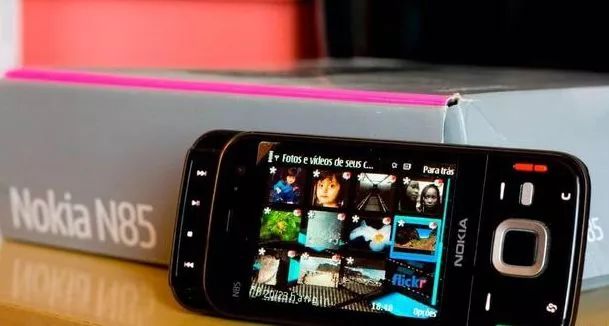
The first phone equipped with an AMOLED screen, the N85
Super AMOLED Screen
While the first generation of AMOLED screens was impressive, it still had some flaws. Therefore, Samsung fixed these issues with the Super AMOLED screens. For example, the poor pixel arrangement of AMOLED screens has been criticized by many users. In Super AMOLED screens, a diamond-shaped pixel arrangement is used to reduce the graininess and jaggedness of screen details, providing excellent visual effects.
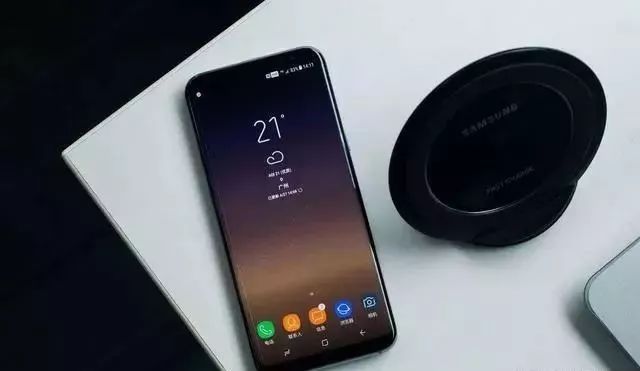
The Samsung S8 with a Super AMOLED screen
Dynamic AMOLED
Compared to Super AMOLED, Dynamic AMOLED provides more display details and supports HDR10+ standards. The most noticeable difference for users is that images on the screen have more detail and richness in dark areas, making them closer to the richness of colors in real life. Additionally, this screen supports a maximum brightness of 1215NT, ensuring clear visibility even in bright outdoor conditions.
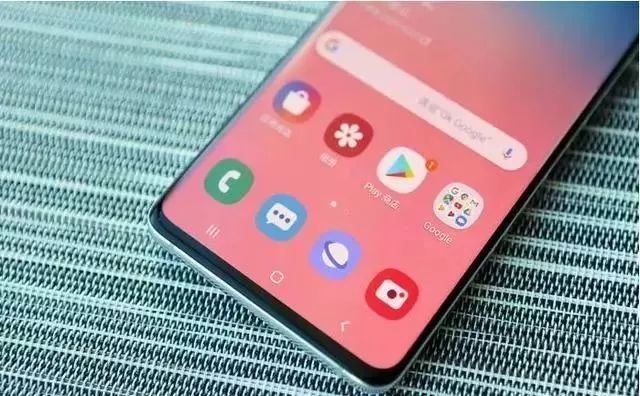
The Samsung S10 with Dynamic AMOLED screen
Diverse Appearance Styles, Gradually Becoming More Accessible
Today, most smartphones, whether high-end or low-end, use Samsung’s AMOLED screens. Samsung has become the biggest winner, not only due to the excellent display effects and mature technology of OLED screens but also because the flexible materials used in OLED screens allow for changes in appearance.
Early large-screen phones were often bulky and inconvenient to carry, although they provided larger display areas. With the launch of the iPhone 5, maintaining a slim profile while expanding the display area inspired phone manufacturers to extend the vertical ratio and increase the proportions on the sides, leading to the birth of narrow bezel and borderless phones.

Although the iPhone 5 increased the screen area, the overall width remained the same
However, while this method was effective, there were still borders. At this point, Samsung launched a groundbreaking innovation—the curved screen.
Thanks to the flexible materials used in OLED screens, which can bend, the side curves can further reduce the middle frame, providing a wider display effect. The N9150 was Samsung’s first phone with a curved screen, featuring a single-sided curve, but it didn’t gain much popularity due to its design. Samsung then refined the design and introduced the more stunning dual-sided curved screen—the Galaxy S6 Edge (G9280).

The first dual-sided curved screen phone—S6 EDGE
The S6 Edge, when placed face down, looks smooth and elegant. When the screen lights up, the content transitions naturally from the curved screen to the front screen, creating a “flowing” effect. Samsung also added rich functional support and always-on display features to the curved screen, making it not just visually appealing but also functional.

The S6 Edge in always-on display mode
Today’s mobile screens, supported by OLED flexible screens, have led to the emergence of various unique screen designs such as notch screens and teardrop screens, providing more solutions.
Increased Screen Refresh Rate, Faster Game Response
Previously, mobile phones generally had a refresh rate of 60HZ, and users did not notice much difference during regular use. However, with the introduction of gaming phones in recent years, screen refresh rates have seen innovation. Initially, the ROG Phone 2 incorporated a 120HZ high refresh rate, followed by the Nubia Red Magic 3S supporting a 90HZ refresh rate, and the OnePlus 7 PRO also offering a 90HZ fluid display. Recently, the OPPO Reno Ace also supports a 90HZ refresh rate, indicating that future mobile screen refresh rates will become a standard for evaluating phones.
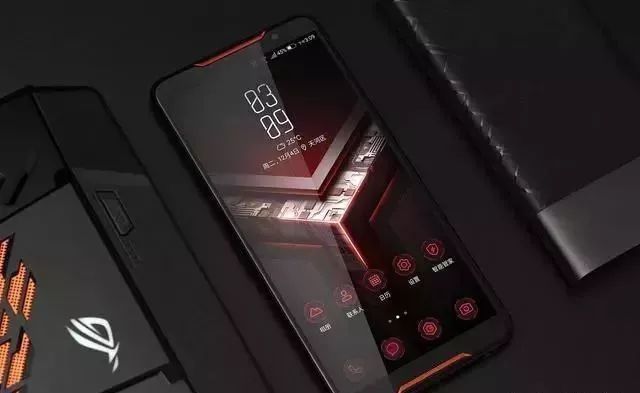
The second generation ROG phone from ASUS supports a 120HZ refresh rate
What is the difference between a 60HZ refresh rate and a 90HZ refresh rate on mobile screens? The screen refresh rate refers to the number of times the screen refreshes in one second. A higher refresh rate can provide more display content. For example, if a game has a frame rate of 70FPS, but your screen only has a refresh rate of 60HZ, you will only see 60 frames of content. High refresh rates not only provide higher frame rate support for games (the game itself must also support it) but also protect your eyes.
Conclusion
We have witnessed the efforts made by mobile phone and screen manufacturers to meet consumer demands, which include not only changes in screen size but also diverse variations in materials, solutions, and refresh rates. We have reason to believe that with the arrival of the 5G era and advancements in AR technology, future mobile phones will become even more diverse.
Author:Faithful Dog
Source:OLEDindustry


The Guangdong Optoelectronic Technology Association is a social organization in the optoelectronic industry registered with the Guangdong Provincial Civil Affairs Department, relying on South China University of Technology and gathering units from all aspects of the optoelectronic industry chain. Its purpose is to build a bridge for collaborative development among government, industry, academia, research, and applications, providing reliable basis for government decision-making, strong support for enterprise innovation and development, a platform for professors to industrialize technology, and a place for various talents to contribute, promoting the healthy development of China’s optoelectronic industry.
